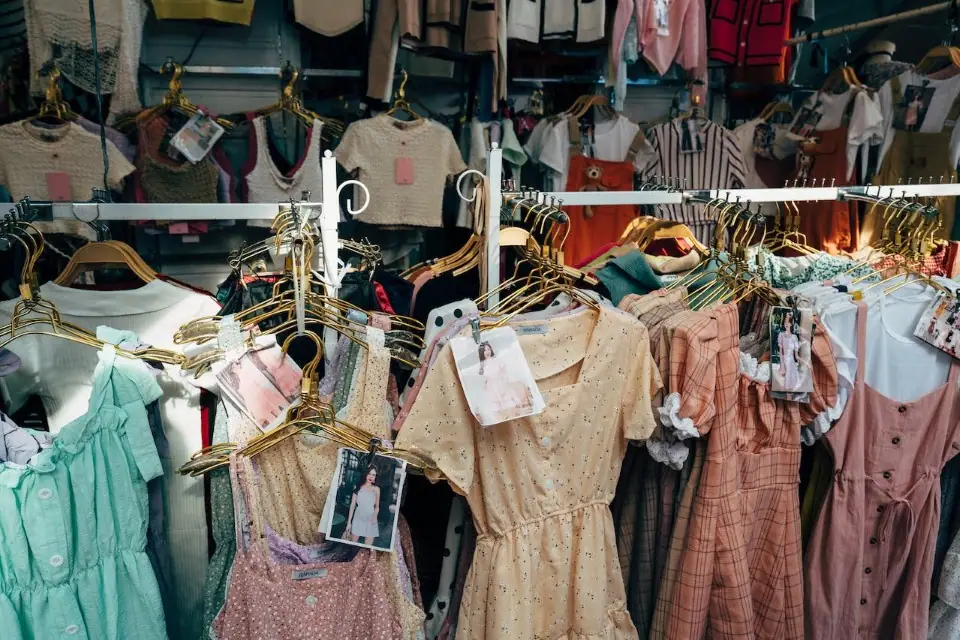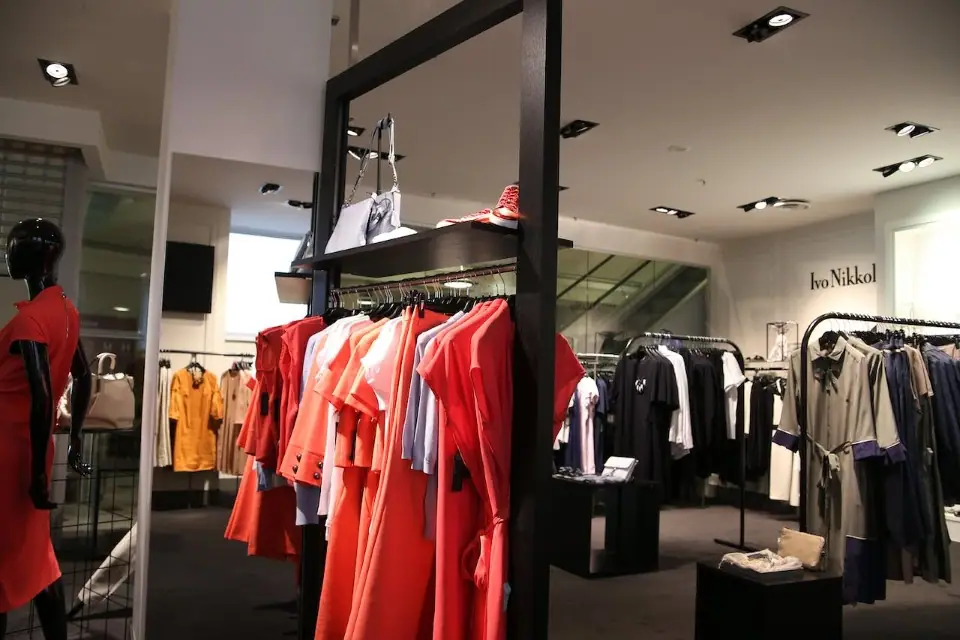Couture fashion stands at the pinnacle of sartorial excellence, embodying the epitome of craftsmanship and artistic expression. In this article, we delve into the intricacies of couture fashion, exploring its origins, defining characteristics, and the evolving landscape of this unique and luxurious form of clothing.
The Essence of Couture Fashion
Couture fashion, derived from the French word “couturier,” meaning dressmaker, is a haute couture style that goes beyond mere clothing; it is an embodiment of creativity, skill, and exclusivity. At its core, couture fashion involves the creation of custom-made garments that are meticulously crafted to fit the client’s exact measurements and preferences.
Origins and Evolution of Couture
Originating in 19th-century Paris, couture fashion was pioneered by designer Charles Frederick Worth. It emerged as a response to the growing demand for unique and personalized garments among the elite. Over the years, couture has evolved from exclusive, one-of-a-kind creations to an art form that fuses traditional craftsmanship with modern innovation.
The Anatomy of Couture Creations
Couture garments are distinguished by their unparalleled attention to detail, luxurious fabrics, and hand-executed techniques. Skilled artisans, including patternmakers, seamstresses, and embroiderers, collaborate to bring a designer’s vision to life. Each piece is a testament to the fusion of artistry and technical precision.

Couture Fashion in the Contemporary World
While traditional couture remains a hallmark of luxury, contemporary designers are redefining the landscape. Digital technologies, sustainable practices, and a focus on inclusivity are reshaping the perception of couture. Today, couture fashion extends beyond the runway, with designers embracing ready-to-wear collections that retain the essence of bespoke craftsmanship.
1. What sets couture fashion apart from ready-to-wear? Couture fashion is distinguished by its custom-made nature. Each piece is crafted to fit an individual client’s measurements, ensuring a perfect and exclusive fit. Ready-to-wear, on the other hand, is mass-produced and available in standard sizes.
2. How accessible is couture fashion to the general public? Couture fashion is inherently exclusive due to its personalized nature and the intricate craftsmanship involved. While ready-to-wear collections from couture houses offer a glimpse into the designer’s aesthetic, true couture pieces are typically reserved for a select clientele.
3. Is couture fashion sustainable? The sustainability of couture fashion varies. Some designers prioritize ethical practices, utilizing sustainable materials and production methods. However, the bespoke nature of couture, with its emphasis on individualized creations, may involve more resources than mass production.
4. Who are some iconic couturiers in the fashion industry? Legendary couturiers include Coco Chanel, Christian Dior, and Yves Saint Laurent. In the contemporary landscape, designers like Karl Lagerfeld, Giambattista Valli, and Elie Saab continue to shape the world of couture.
5. How has technology influenced couture fashion? Technology has revolutionized couture by enhancing design processes and enabling new forms of expression. 3D printing, digital pattern-making, and virtual fashion shows are examples of how technology is integrated into the traditionally handcrafted world of couture.
In Conclusion
Couture fashion is a celebration of individuality, craftsmanship, and artistic innovation. From its roots in 19th-century Paris to the dynamic and evolving landscape of today, couture continues to captivate and inspire. It is not merely clothing; it is a form of wearable art that transcends trends, making a lasting impact on the world of fashion.

